
Urban Futures Series
Talja Blokland, Community as Urban Practice
Julie-Anne Boudreau, Global Urban Politics
Roger Keil, Suburban Planet
Loretta Lees, Hyun Bang Shin and Ernesto Lpez-Morales, Planetary Gentrification
Ugo Rossi, Cities in Global Capitalism
Copyright page
Copyright Roger Keil 2018
The right of Roger Keil to be identified as Author of this Work has been asserted in accordance with the UK Copyright, Designs and Patents Act 1988.
First published in 2018 by Polity Press
Polity Press
65 Bridge Street
Cambridge CB2 1UR, UK
Polity Press
101 Station Landing
Suite 300
Medford, MA 02155
USA
All rights reserved. Except for the quotation of short passages for the purpose of criticism and review, no part of this publication may be reproduced, stored in a retrieval system or transmitted, in any form or by any means, electronic, mechanical, photocopying, recording or otherwise, without the prior permission of the publisher.
ISBN-13: 978-0-7456-8311-9 (hardback)
ISBN-13: 978-0-7456-8312-6 (paperback)
A catalogue record for this book is available from the British Library.
Typeset in 11.5 on 15 pt Adobe Jenson Pro
by Toppan Best-set Premedia Limited
Printed and bound in Great Britain by Clays Ltd, St. Ives PLC.
The publisher has used its best endeavours to ensure that the URLs for external websites referred to in this book are correct and active at the time of going to press. However, the publisher has no responsibility for the websites and can make no guarantee that a site will remain live or that the content is or will remain appropriate.
Every effort has been made to trace all copyright holders, but if any have been inadvertently overlooked the publisher will be pleased to include any necessary credits in any subsequent reprint or edition.
For further information on Polity, visit our website: www.politybooks.com
Dedication
For the young people (you know who you are).
Condodwellers in a sea of suburbs.
Acknowledgements
Work for this book was supported through my York Research Chair and by the Major Collaborative Research Initiative Global Suburbanisms: Governance, Land and Infrastructure in the Twenty-first Century, funded by the Canadian Social Sciences and Humanities Research Council 201018 (SSHRC), for which I was the principal investigator. I am grateful to have had the opportunity to lead this initiative over the past seven years and to be able to work with more than fifty researchers and twenty partners on the frontier of global suburbanization. I have learned from them all and I hope they find the seeds they sowed in the pages of this book. I am well aware that I am unable even to begin to represent the rich tapestry of work my colleagues have produced but I did honestly try to distill much of it to the best of my abilities. I am also unable to thank everyone individually here but my gratitude for their having accompanied me on this path is deep. Still, I am particularly indebted to Robin Bloch, who has been my suburban soul brother for more than thirty years, Pierre Hamel with whom I have now collaborated for almost two decades on a variety of projects relevant to this book, and Sara Macdonald with whom I have worked and travelled through the world's peripheries for a decade.
I thank my students at FES and beyond who inspired me. I have had research assistants over the years for some of the work that found its way into this book. Foremost among them was Jenny Lugar who did a marvellous job burrowing through entire fields of suburban study and identifying important writing to me. For the particular manuscript that became this book, Joyce Chan provided formatting and bibliographic help. I also thank the editorial staff at Polity for their professionalism and guidance in bringing this book to fruition.
Sections of this text build selectively on previous or forthcoming published work by the author. These include a paper for Built Environment with the title Towers in the park, bungalows in the garden: Peripheral densities, metropolitan scales and the political cultures of post-suburbia; an article co-authored with Pierre Filion, Contested infrastructures: Tension, inequity and innovation in the global suburb in Urban Policy and Research; with Eric Charmes in IJURR on Post-suburban morphologies in Canada and France; and with Sara Macdonald, Rethinking urban political ecology from the outside in: Greenbelts and boundaries in the post-suburban city, in Local Environment. Some overlap exists with chapters I have produced for John Harrison and Michael Hoyler's Doing Global Urban Research, Sage; Henrik Ernstson and Erik Swyngedouw's Interrupting the Anthropo-ob(S)cene: Political Possibilities in the Natures of Cities, Routledge; Berger and Kotkin's Infinite Suburbia, MIT; and Jayne and Ward's Urban Theory: New Critical Perspectives, Routledge.
I have benefited from visiting professorships at the University of Aberystwyth, Universit de Montpellier 1, Technische Universitt Darmstadt, the Wits City Institute in Johannesburg and the University of Manchester. I have had the opportunity to speak to many audiences across Canada and the world about aspects of this project. I know that the feedback I received there made my thinking clearer. I hope that this translated into the writing, too.
I cannot let this go without acknowledging my Twitter community: Tweeps, you have been an endless font of information, sometimes too much to process, for this long trek I have been on.
Finally, my love goes to Ute Lehrer, at my side in the suburbs of the planet for more than a quarter of a century. If there were any suburbs on the moon, I am sure you'd also come along.
Roger Keil, Toronto April 2017
Introduction
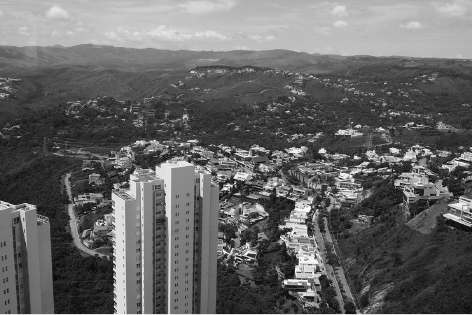
Nova Lima, Belo Horizonte, Brazil
[T]he tremendous concentration (of people, activities, wealth, goods, objects, instruments, means and thought) of urban reality and the immense explosion, the projection of numerous, disjunct fragments (peripheries, suburbs, vacation homes, satellite towns) into space.
(Lefebvre 2003: 14)
When it comes to how and where we dwell, work and have fun, we live in times of rapid change. Few periods in history, barring the industrialization of Europe, the urbanization of Latin America and the suburbanization of North America, have seen as much change as the period we are currently going through. We can assume that urbanization marks the moment of our shared experience as planetary citizens. The United Nations' World Urbanization Prospects (United Nations 2014) estimates that while in 1950 a total of 746 million lived in urban environments, by 2045 more than 6 billion are expected to be urbanized. This development has been widely understood now to be shaping global development goals in what some have referred to as the Urban Age (Burdett and Sudjic 2007; 2011; Brugmann 2009). Such thinking has been subject to some serious methodological criticism as scholars have pointed out that we ought to think less of people in cities than people in urban society, less in categories such as global and megacities and more in terms like planetary urbanization (Brenner and Schmid 2015; Gleeson 2014; Ren and Keil 2017).
Next page
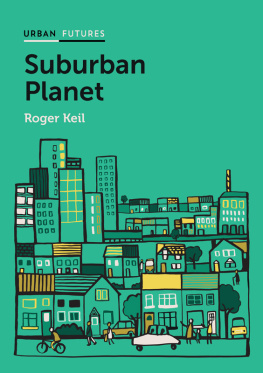


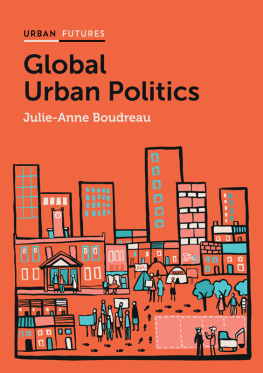
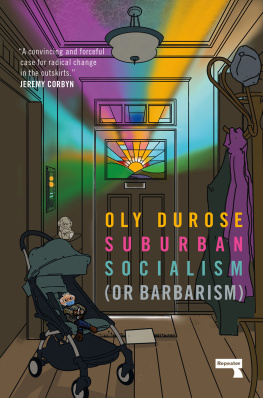

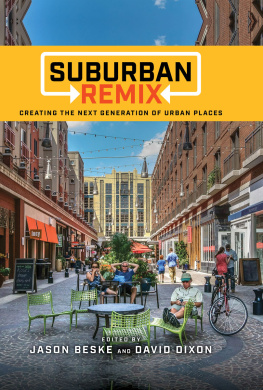
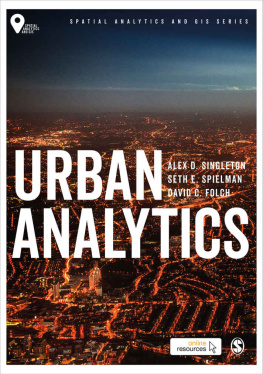
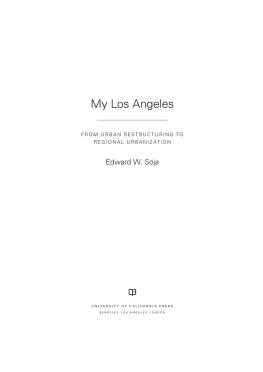
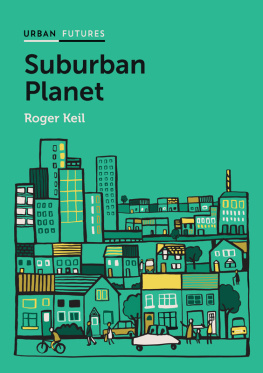
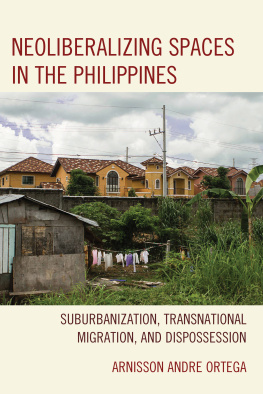
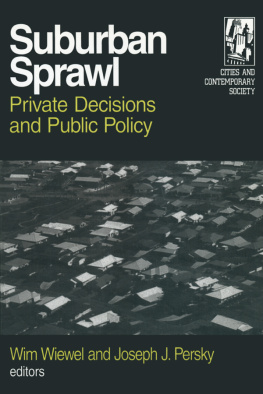


 Nova Lima, Belo Horizonte, Brazil
Nova Lima, Belo Horizonte, Brazil